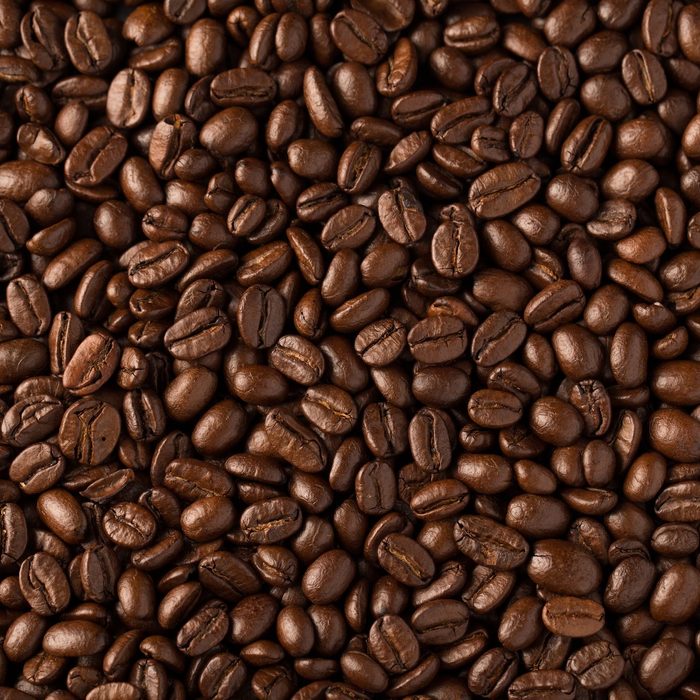
Choose High-Quality Coffee Beans
Whether you want to try out a coffee subscription box or pick up beans from a local coffee shop, choose high-quality beans for your coffee. It makes a world of difference! When looking for coffee beans, here’s what to keep in mind:
- Purchase coffee roasted in the past 2 to 4 weeks. Freshness is essential.
- Find a company that lists tasting notes for the flavor profile of the coffee. This demonstrates that the company is competent in coffee roasting.
- Does the company also talk transparently about its sourcing and relationship with its farmers? This usually indicates a roaster puts care into their coffee roasting.
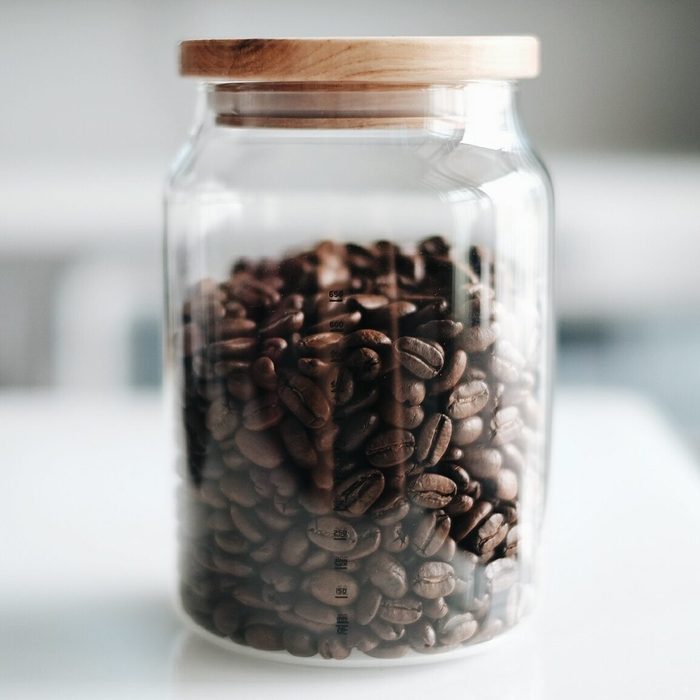
Keep Your Coffee Beans Fresh
For coffee beans to retain their quality, store them in an airtight container. You can store them in a Mason jar, resealable plastic bag or the resealable bag that the coffee comes in. What’s important is that it’s sealed at all times. If you don’t go through coffee beans very quickly, it can be a good idea to store them in an airtight container in the freezer. Wondering about the caffeine content in your morning cup o’ joe? Find out how much caffeine is in your coffee.
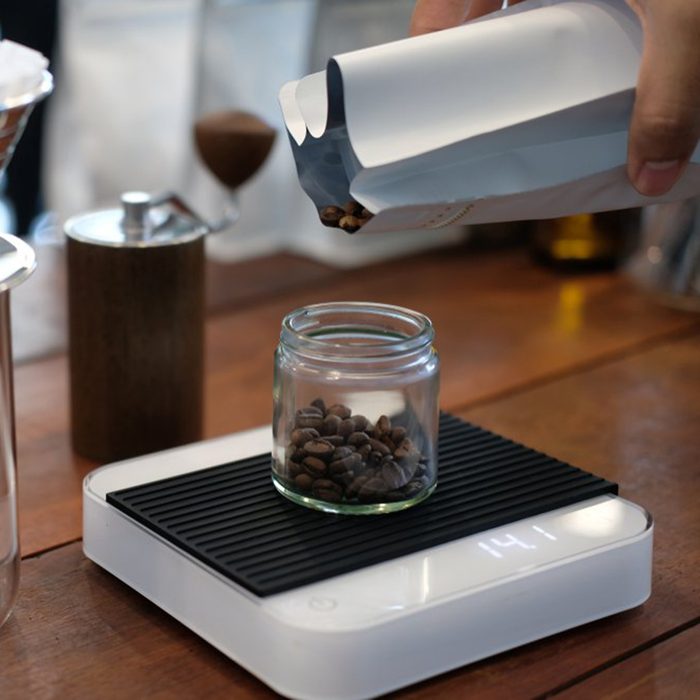
Use a Scale for Measurements
This adjustment may seem minor, but using a scale at each step of the brewing process is an easy way to make a good cup of coffee. The coffee bean to water ratio is important, but many coffee machines mark a cup as 5 ounces instead of 8 ounces. And people often add a scoop of coffee grounds, which is not an objective unit of measure.
For more precise measurements, follow our guide on how to make French press coffee. Keep in mind that different types of coffee require different ratios, but when in doubt, the Specialty Coffee Association of America suggests a ratio that calls for 55 grams of coffee for every 1,000 grams (one liter) of water.
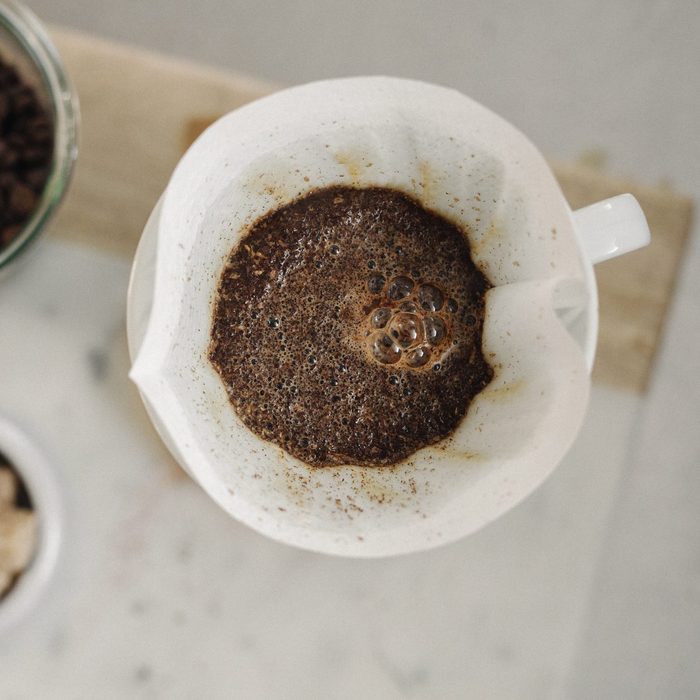
Use High-Quality Coffee Filters
Paper coffee filters will absorb some of the flavors of the coffee as it’s being brewed. This is why a reusable coffee filter is often the best choice for brewing coffee and for the environment. If you prefer a paper filter, look for one that fits your coffeemaker or pour-over maker properly. This ensures that your coffee brews evenly and tastes its absolute best. Learn more about the right way to insert a coffee filter.

Grind Right Before Brewing
Though purchasing pre-ground beans may save you a couple of minutes in the morning, ground coffee loses flavor over time as a result of prolonged exposure to air. That makes it less flavorful when brewed. This is one of the most common mistakes people make when brewing coffee at home. If you grind your own coffee beans, the improvement in your morning coffee will be undeniable!
We’ve done the work for you and rounded up the best coffee grinders according to different needs. Remember: Burr grinders are more effective and produce a more consistent product than a cheaper blade grinder.
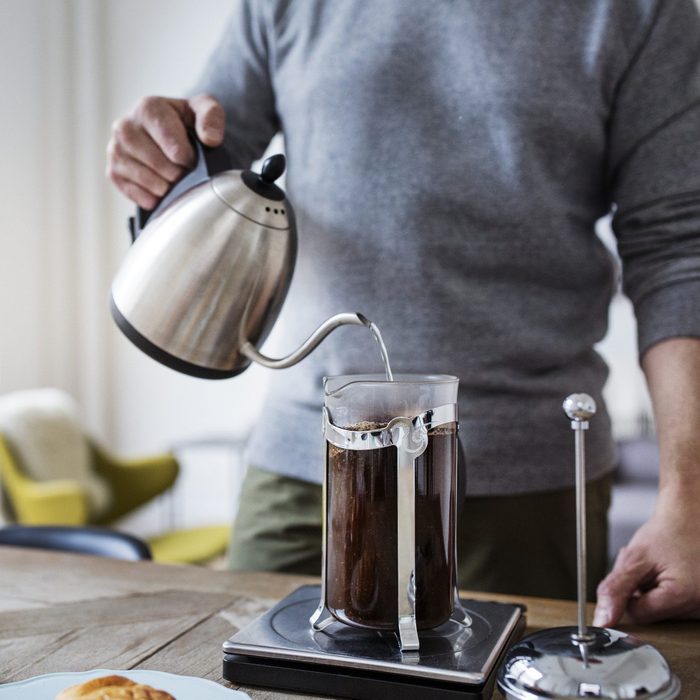
Use Filtered Water
If the water you use to make your coffee tastes funky, chances are your coffee will, too. Use filtered water when brewing so your coffee comes out tasting just the way you want it to. Whether you’re brewing in a drip coffeemaker or a percolator or any other brewing method, water quality makes a big difference.
It’s also important to make sure your water is at the right temperature for maximum flavor extraction, which the Specialty Coffee Association of America says is between 198° and 202°F.
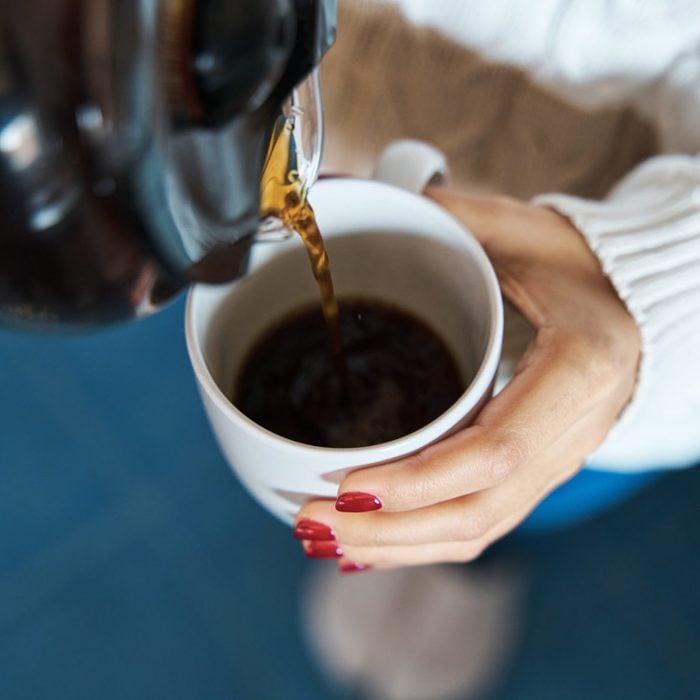
Select the Right Brew Method
There are pros and cons to different brewing methods. Find a method that works best for you, whether that’s a good old-fashioned coffeemaker, an AeroPress or something in between.
If you’re just getting started, you can’t go wrong with the pour-over method. A pour-over setup may require more effort than an automatic coffeemaker, but it will allow you to tweak different aspects of the brewing process to adjust the way your coffee tastes. And unlike many automatic brewers that produce coffee by soaking grounds with several small streams of water, a pour-over allows the beans to be saturated with one steady stream that will bring out the optimal flavor of the coffee.

Keep Your Coffeemaker Clean
If your coffeemaker has icky residue, it can make your coffee taste bitter. It can also shorten the life of your coffeemaker. Be sure to rinse out your coffeemaker after each use so that coffee residue doesn’t build up over time. Then learn how to clean a coffeemaker for tips on how to do a deep clean.
